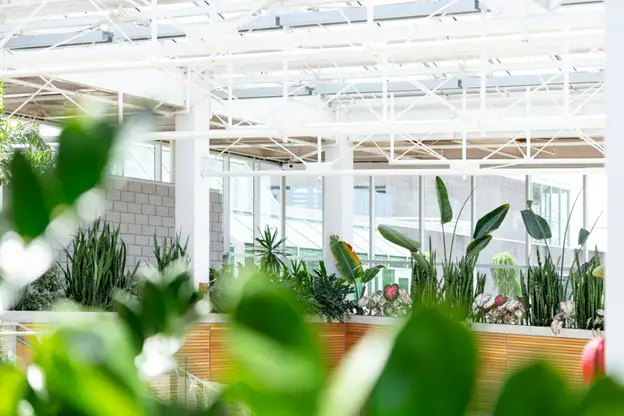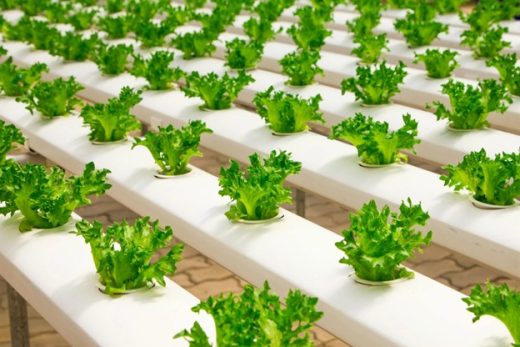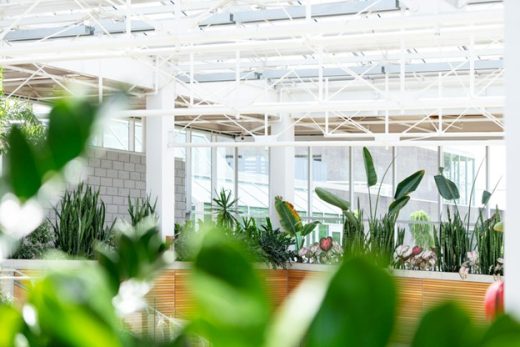6 tips for planning your own greenhouse at home, House gardening structure
6 Tips for Planning Your Own Greenhouse
26 April 2024
Embarking on the journey of building your own greenhouse opens a world of possibilities for both seasoned gardeners and aspiring horticulturists. The allure of cultivating thriving plants, regardless of the season, and the prospect of creating a haven for greenery enthusiasts can be truly captivating. However, amidst the excitement lies the daunting task of planning and executing a greenhouse project effectively. With numerous considerations ranging from location and size to ventilation and maintenance, it’s essential to approach the planning process with careful thought and consideration.
1. Choose the Right Location
Selecting the perfect location for your greenhouse is a foundational step in creating an environment where your plants can thrive year-round. It’s akin to finding the ideal spot for a precious gem in a jewelry setting—every aspect matters. Begin your quest by surveying your property, and observing the patterns of sunlight and shade throughout the day. Look for a site that receives ample sunlight, ideally facing south to capture the full spectrum of the sun’s rays from dawn till dusk. This orientation maximizes solar exposure, essential for the photosynthesis process that fuels plant growth and vitality. Consider the surrounding landscape and potential obstructions that could impede sunlight, such as towering trees or neighboring structures. While a canopy of trees might offer shade relief on scorching summer days, their presence could cast unwelcome shadows over your greenhouse during critical growing hours.
2. Determine the Size and Type of Greenhouse
Before diving into construction, carefully consider the size and type of greenhouse that best suits your needs. Think about the amount of space you have available and the plants you intend to grow. For example, superior commercial greenhouses provide advanced features and durability for professional growers. For smaller spaces, a lean-to or mini greenhouse might be sufficient, while larger properties may accommodate freestanding structures. Research different designs and materials, such as glass, polycarbonate, or polyethylene, to find the most suitable option for your climate and budget.
3. Plan for Proper Ventilation and Climate Control
Creating a greenhouse environment that mimics the optimal conditions for plant growth requires careful consideration of ventilation and climate control mechanisms. Think of your greenhouse as a living, breathing entity—like us, plants require a constant supply of fresh air and regulated temperatures to thrive. Ventilation is the cornerstone of a healthy greenhouse ecosystem, facilitating the exchange of stale indoor air with fresh, oxygen-rich outdoor air. Incorporating strategic ventilation openings, such as roof vents, side vents, or louvers, allows hot, humid air to escape while drawing in cooler, drier air from outside. This continuous airflow helps regulate temperature and humidity levels, preventing the buildup of excess moisture that can lead to fungal diseases and other plant ailments. Automatic ventilation systems, equipped with temperature and humidity sensors, provide hands-free control, adjusting airflow as needed to maintain optimal growing conditions.
4. Invest in Quality Materials and Construction
When it comes to building a greenhouse, quality materials and construction are paramount for longevity and performance. Invest in sturdy frames and durable glazing materials that can withstand harsh weather conditions and provide adequate insulation. Ensure proper sealing and insulation around doors, windows, and vents to minimize heat loss and drafts. If you’re not confident in your construction skills, consider hiring professionals or purchasing a prefabricated greenhouse kit for easier assembly.
5. Incorporate Efficient Irrigation and Water Management Systems
Efficient irrigation and water management are essential for healthy plant growth and the conservation of resources. Install a drip irrigation system or soaker hoses to deliver water directly to plant roots, reducing waste from evaporation and runoff. Consider collecting rainwater or installing a water harvesting system to supplement your water supply and reduce reliance on municipal sources. Implementing proper drainage systems is also crucial to prevent waterlogging and soil erosion, especially in heavy rainfall areas.
6. Plan for Year-Round Use and Maintenance
Design your greenhouse with year-round use in mind to maximize its benefits and productivity. Incorporate features such as heating systems, insulation, and thermal curtains to extend the growing season and protect plants during colder months. Regular maintenance is key to keeping your greenhouse functioning efficiently, so create a schedule for cleaning, inspecting, and repairing any damaged or worn components. Stay organized with tools, supplies, and storage solutions to streamline tasks and make upkeep more manageable.
Planning and building your own greenhouse can be a rewarding endeavor that provides endless opportunities for gardening and cultivation. By following these six tips for effective greenhouse planning, you can create a thriving environment for your plants while enjoying the benefits of extended growing seasons and increased self-sufficiency. Remember to consider factors such as location, size, ventilation, materials, irrigation, and maintenance to ensure the success of your greenhouse project. With careful planning and attention to detail, you’ll be on your way to enjoying fresh produce and vibrant blooms year-round.
Comments on this guide to 6 tips for planning your own greenhouse article are welcome.
Gardens Articles
Gardens Posts
5 Reasons To Consider A Greenhouse in Your Garden
5 benefits of owning a garden room
Garden Rooms: Property Expert Guide
Home Articles
Residential Architecture
Comments / photos for the 6 tips for planning your own greenhouse advice page welcome.







